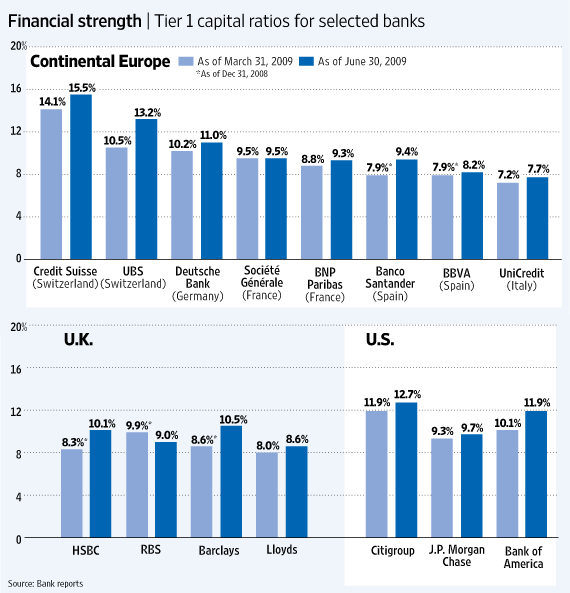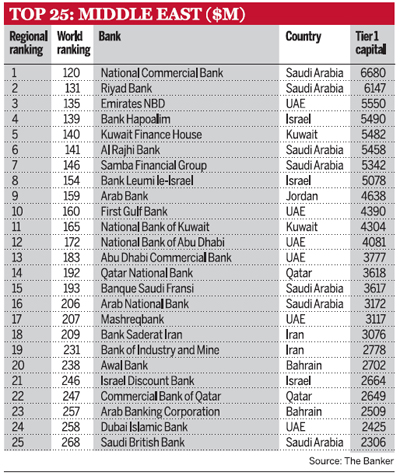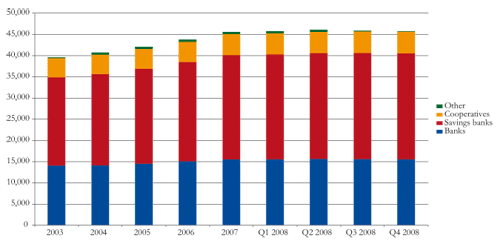In the Fund Track column Not All Bank Funds Fell Over Past Year on August 13, The Wall Street Journal highlighted three top performing financial services mutual funds. These three funds were up in the past year when most financial stocks and ETFs collapsed. Two of the funds were up more than 10% in the past year. In addition, all three funds were ahead of their peers in this sector. A brief summary of the three funds is presented below.
1. Dryden Financial Services Fund (PFSAX)
Total Assets: $139.5 M
Yield: 0.20%
Expenses: 2.19%
Foreign Stocks: 52.9% of portfolio
Performance YTD: 71.54%
The top three holdings are Canadian banks Bank of Nova Scotia (BNS), Toronto-Dominion bank (TD) and Norwegian Bank DnB NOR ASA. The fund manager Mark Lynch said:”Canadian banks came through [the crisis] the strongest of any in the world”. The Morningstar rating for the fund is 5-stars and is the number one fund in the category. Other holdings in the portfolio include Nordea bank, BNP Paribas, Societe Generale, Itau Unibanco (ITU), Svenska Handelsbanken, etc.
2.FBR Small Cap Financial Fund (FBRSX)
Total Assets: $189.9M
Yield: 1.17%
Expenses: 1.49%
Performance YTD: 24.14%
FBR Small Cap Financial is a small cap value fund. The top 3 holdings are Webster Financial Corporation, Fifth Third Bancorp (FITB) and Astoria Financial Corporation (AF). In 2008, the fund was down just 8.7%.A few other stocks in the fund include: Glacier Bancorp (GBCI), Key Corp(KEY), First Horizon National Corporation (FHN) and Zions Bancorp (ZION).
3.Burnham Financial Services Fund (BURKX)
Total Assets: $55.0 M
Yield: 3.28%
Expenses: 1.60%
Performance YTD: 17.23%
This is a mid-cap fund with a small asset base of just $55M. The fund has been avoiding companies that are focused on real-estate in bubble areas such as Arizona, Nevada, California and Florida.
Top holdings in the fund are JP Morgan Chase(JPM), Bank of America(BAC) and Chimera Investment Corporation(CIM). In 2008, the fund had a negative return of 14.8%.
As for the strategy about picking financial stocks in this market, David Ellison, manager of FBR Small Cap Financial Fund said “in some ways the financial sector today is “playing like biotechnology stocks. You take a chance on names that may or may not make it, but if they do make it you’ll win big.” I would agree with his opinion.Indeed most of the bank stocks have become like biotech stocks of the dot com era.Nobody knows which bank would survive or which bank Uncle Sam would forcibly seize and offer to one of the “too-big-to-fail” banks at dirt-cheap prices. The seizure and subsequent sale of Wamu and National City are some examples.
Note: All data is from Morningstar. Please do you own research before making any investment decisions.


